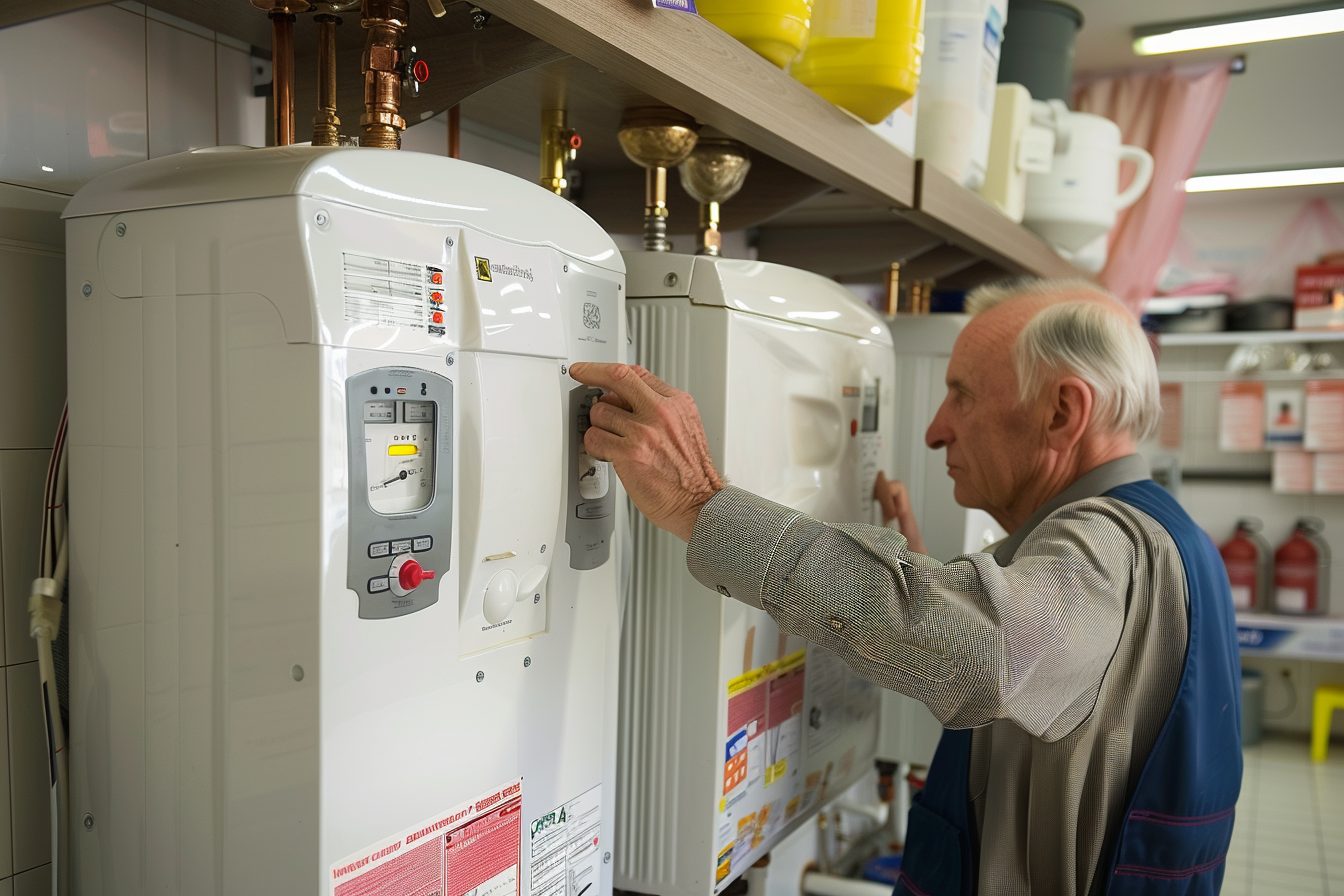Canadian Real Estate: Discovering Abandoned Properties in 2025
In 2025, growing interest in abandoned properties across Canada is creating new opportunities for real estate investors and first-time buyers. These properties—often foreclosed or left vacant—can be purchased below market value through public auctions, bank sales, or government listings. However, buyers should carefully research property titles, unpaid taxes, and renovation costs before investing. With housing affordability challenges and increasing urban renewal projects, abandoned homes are becoming an unexpected path to affordable ownership or profitable redevelopment.

The Canadian real estate market in 2025 continues to evolve, with abandoned and vacant properties representing a distinct segment that attracts attention from various buyers. These properties, often resulting from foreclosure, tax defaults, or long-term vacancy, can be found in cities like Toronto, Vancouver, Montreal, and smaller communities throughout the provinces. While some view these structures as investment opportunities, others see them as community eyesores requiring intervention. Navigating this niche market requires research, patience, and awareness of legal and financial considerations.
What Defines Abandoned Properties Canada 2025?
Abandoned properties in Canada are typically defined as residential or commercial buildings that have been vacant for extended periods, often showing signs of neglect or disrepair. These properties may result from mortgage defaults, unpaid property taxes, estate complications, or owners simply walking away from deteriorating assets. In 2025, municipalities across Canada maintain databases of derelict properties, with some implementing vacancy taxes to discourage long-term abandonment. The definition can vary by jurisdiction, but common indicators include boarded windows, overgrown yards, structural damage, and lack of utility services. Some abandoned properties are officially designated as such through municipal bylaws, while others exist in a grey area of prolonged vacancy without formal classification.
Understanding Canadian Real Estate Trends
Canadian real estate trends in 2025 reflect a complex market influenced by interest rates, housing affordability challenges, and demographic shifts. While major urban centers continue experiencing high demand and limited inventory, certain neighborhoods and smaller communities face increased vacancy rates. The trend toward remote work has redistributed population density, leaving some properties abandoned as residents relocate. Additionally, stricter lending requirements and economic uncertainty have contributed to foreclosure rates in specific regions. Investors are increasingly looking beyond traditional markets, exploring opportunities in secondary cities and rural areas where abandoned properties may offer renovation potential. Government initiatives aimed at addressing housing shortages sometimes include programs to rehabilitate vacant structures, creating partnerships between public and private sectors to return these properties to productive use.
Locating Bank-Owned Properties Canada
Bank-owned properties, also known as Real Estate Owned (REO) properties, become available when financial institutions repossess homes following mortgage defaults. In Canada, major banks and credit unions occasionally list these properties through their real estate departments or partner with realtors specializing in distressed sales. Locating bank-owned properties requires monitoring multiple sources: bank websites often have dedicated REO sections, real estate listing platforms may filter for foreclosures, and public auction notices provide information about upcoming sales. The Canada Mortgage and Housing Corporation (CMHC) also plays a role in the disposition of certain foreclosed properties. Additionally, attending sheriff sales and tax sales can reveal opportunities, though these require understanding of auction procedures and legal implications. Working with real estate agents experienced in foreclosures and distressed properties can provide access to listings before they reach the general market.
Navigating the Acquisition Process
Acquiring an abandoned or bank-owned property in Canada involves several steps beyond typical real estate transactions. Prospective buyers should conduct thorough due diligence, including property inspections to assess structural integrity, environmental assessments to identify potential contamination, and title searches to confirm ownership and identify liens or encumbrances. Financing can be challenging, as traditional lenders may be hesitant to provide mortgages for properties in poor condition. Some buyers opt for renovation loans or purchase properties outright with cash. Legal considerations include understanding foreclosure timelines, redemption periods where former owners may reclaim properties, and municipal bylaws regarding property standards. Buyers should also budget for potential back taxes, utility arrears, and extensive repairs. Engaging legal counsel familiar with distressed property transactions is advisable to navigate complexities and protect buyer interests throughout the process.
Risks and Rewards of Investing
Investing in abandoned properties offers potential rewards but carries significant risks. On the positive side, these properties often sell below market value, providing opportunities for equity gain through renovation and resale or rental income generation. Contributing to neighborhood revitalization can also be personally rewarding and may qualify for municipal grants or tax incentives. However, risks include underestimating renovation costs, encountering structural issues like foundation problems or mold, and facing lengthy permit processes for major repairs. Some abandoned properties have legal complications such as disputed ownership or environmental liabilities. Market conditions may also shift, affecting resale values and rental demand. Investors should approach these opportunities with realistic budgets, contingency funds, and professional guidance from contractors, inspectors, and legal advisors. Successful investments typically result from thorough research, patience, and willingness to manage complex projects.
Municipal Programs and Resources
Many Canadian municipalities have developed programs to address abandoned properties and support their rehabilitation. Some cities offer property tax incentives for buyers who commit to renovating derelict structures within specific timeframes. Others maintain public registries of vacant properties or host community meetings to discuss neighborhood revitalization strategies. Certain jurisdictions have implemented vacant home taxes, which encourage owners to either occupy, rent, or sell properties rather than leaving them empty. Provincial and federal programs occasionally provide grants or low-interest loans for heritage property restoration or affordable housing development using existing structures. Researching local bylaws and available programs can reveal financial assistance and streamline approval processes. Engaging with municipal planning departments early in the acquisition process helps buyers understand requirements and access resources designed to facilitate property rehabilitation and community improvement.
Moving Forward with Abandoned Property Opportunities
The landscape of abandoned properties in Canada presents both challenges and opportunities for various stakeholders in 2025. Whether you are an investor seeking below-market acquisitions, a homebuyer willing to undertake renovation projects, or a community advocate interested in neighborhood revitalization, understanding the complexities of this market segment is essential. Success requires combining market research, financial planning, legal awareness, and realistic assessment of property conditions. As Canadian real estate continues evolving, abandoned properties will remain a niche area where informed buyers can find value while contributing to the renewal of communities across the country.



